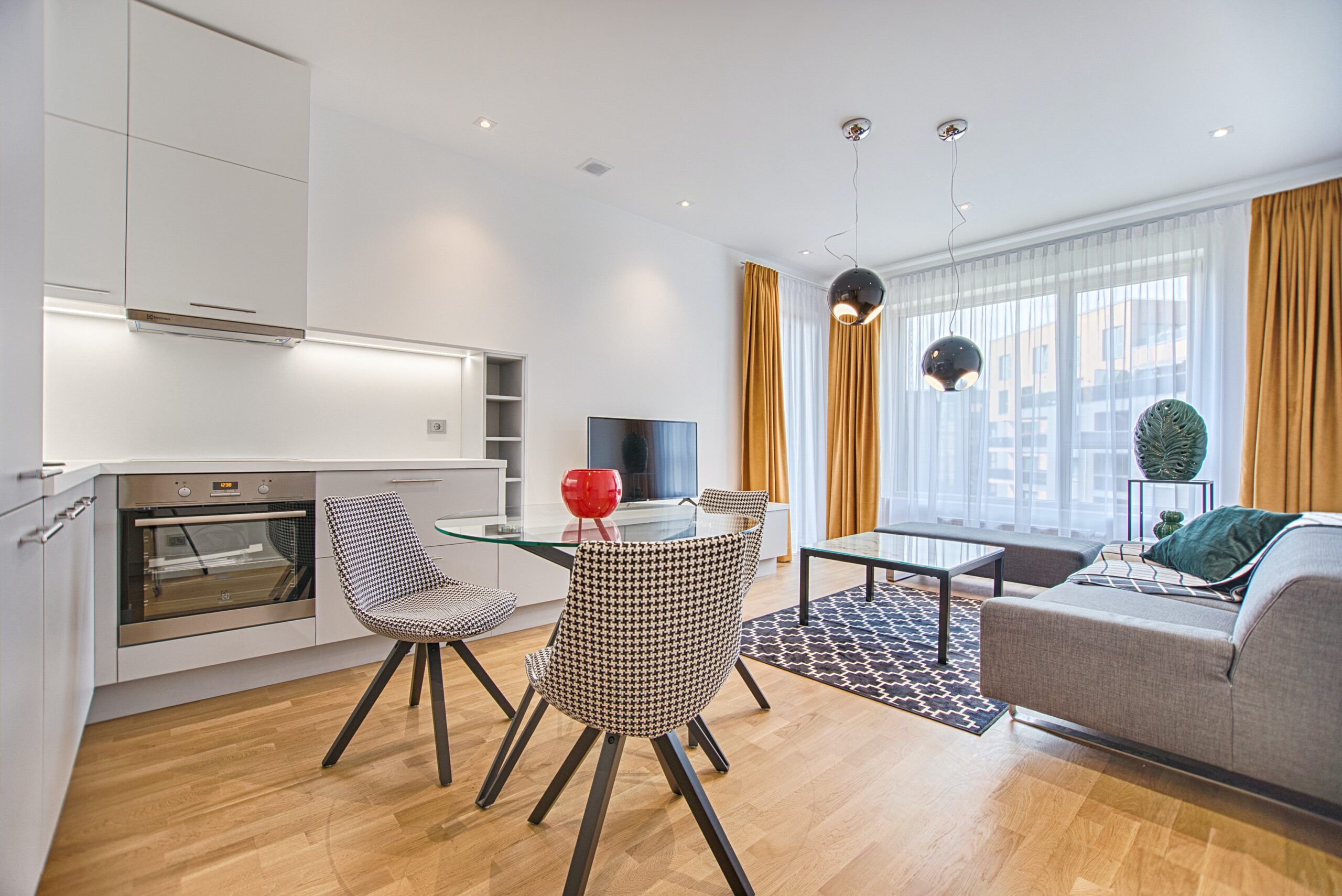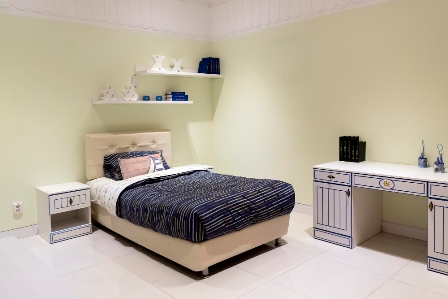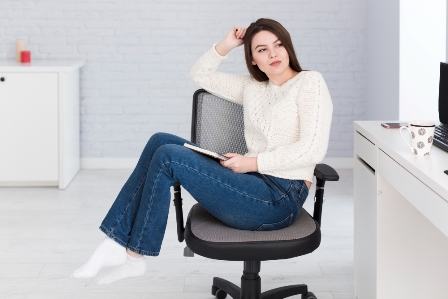The modern bathroom design trends are rapidly changing and evolving. From minimalist and sleek to retro and vintage, the range of styles available is vast. The key is to create a harmonious and functional space that reflects your lifestyle and personal taste. Here are some of the top modern bathroom design trends to help you get started.
1. Minimalism: Minimalism is a popular trend in modern bathroom design. It focuses on clean lines, natural materials, and neutral colors. The goal is to create a sleek and sophisticated look that is both elegant and functional. Think light colors, minimalist fixtures, and natural materials like wood, stone, and glass.
2. Retro: Retro bathroom designs are making a big comeback. Think bright colors, bold geometric patterns, and vintage-inspired furnishings. If you want to make a statement, go for a bold and vibrant design.
3. Contemporary: Contemporary bathrooms are characterized by their modern and contemporary style. They feature a mix of modern fixtures, materials, and colors. Think sleek and streamlined designs coupled with bold colors and patterns.
4. Nature-Inspired: Nature-inspired bathrooms are becoming increasingly popular. They focus on organic materials, natural colors, and elements like plants and wood.
Modern Bathroom Design Trends and How Did They Emerge
Modern bathroom design trends have emerged over the past decade and continue to evolve as technology advances and homeowners become more creative and design-savvy. Many of these trends have been driven by the desire to make bathrooms more luxurious, efficient, and user-friendly.
Common trends include the use of natural materials, such as stone or wood, to create warm, inviting spaces; the incorporation of technology such as heated floors and digital showers; and the use of modern fixtures and fittings to create a minimalist, streamlined look.
In addition, many homeowners are opting for sleek, contemporary designs that incorporate natural light and open up the space.
How to Create Your Perfect Modern Bathroom
1. Start by assessing your current bathroom. Take measurements and make a list of the features you like and the features you would like to change or improve.
2. Select a design style that works for you. Whether you prefer a modern, minimalist, vintage, or eclectic look, make sure that it reflects your personality and lifestyle.
3. Choose the right fixtures. Consider the type of faucet, sinks, toilets, shower heads, and bathtubs that you want to use. Make sure that they all complement each other and fit the style of your bathroom.
4. Add decorative elements. Consider using mirrors, paintings, and other decorations to create a more personalized space.
5. Install modern lighting. Install lights with dimmers, which can be adjusted based on the time of day and the mood you’re trying to create.
6. Choose your flooring. Consider the type of tiles, stones, and other materials that you want to use for your bathroom flooring.
7. Install proper ventilation. Make sure that your bathroom is properly ventilated with an exhaust fan or window.
8. Add accessories and storage. Choose the right towels, rugs, and other accessories to use.
Top 8 Modern Bathroom Designs and Why You Should Consider Them for Your New Home
1. Industrial Design: Industrial modern bathroom designs feature unique materials, such as concrete, steel, and brick, and are often characterized by exposed pipes and ductwork. This design is perfect for those who appreciate industrial style with a modern twist.
2. Luxury Spa Design: For a luxurious bathroom with a modern flair, consider a spa-inspired design. This style typically features natural materials, such as marble and stone, and includes features like heated floors and towel warmers.
3. Minimalist Design: A minimalist modern bathroom design is perfect for those who prefer a clean and clutter-free look. This style usually features clean lines and a neutral color palette.
4. Rustic Design: If you’re looking for a more relaxed and natural modern bathroom design, consider a rustic style. This style typically features rough textures, such as wood and stone, and natural colors.
5. Contemporary Design: Contemporary bathrooms are characterized by their modern and sleek look. This style usually features neutral colors and geometric shapes, and often includes natural materials, such as wood and stone.
6. Mid-Century Design: For those who appreciate the retro style, consider a mid-century modern bathroom design.
A Quick Review of the Top 5 Best Options for Creating a Acrylic Tub in your Home
1. Kohler: Kohler is a well-known name in the bathroom industry and their acrylic tubs are no exception. They offer a variety of sizes, shapes, and finishes to fit any bathroom design. Their tubs are also extremely durable and easy to clean.
2. American Standard: American Standard is another popular name in the bathroom industry. Their acrylic tubs are known for their high-quality construction and design. They offer a variety of styles, sizes, and finishes that will fit any bathroom design.
3. Jacuzzi: Jacuzzi is a popular name in the bathtub industry and they offer a variety of sizes, shapes, and finishes. Their tubs are known for their superior quality and design as well as their easy-to-clean surfaces.
4. Sterling: Sterling is another well-known name in the bathtub industry. Their tubs are known for their superior quality and design as well as their easy-to-clean surfaces.
5. Aquatic: Aquatic is another popular name in the bathtub industry and they offer a variety of sizes, shapes, and finishes. Their tubs are known for their superior quality and design as well as their easy-to-clean surfaces
Difference between a contemporary bathroom and a traditional bathroom
A contemporary bathroom typically has a more modern, sleek design compared to a traditional bathroom, which usually has a more classic, timeless look. Contemporary bathrooms often feature light and bright colors, minimalistic fixtures, and clean and simple lines. Traditional bathrooms often have more ornate details, such as intricate tilework, antique fixtures, and heavier, darker colors.
Conclusion: Start Using These 7 Tricks for Choosing a Comfortable Modern Bathroom
1. Create a design plan: Start by deciding on the overall look and feel you want in your bathroom. Consider the function of the space and make sure it meets your needs.
2. Choose a style: Determine the overall style of the bathroom. Consider the rest of your home and any existing furnishings in the bathroom to help you decide on a style.
3. Choose the right materials: Make sure to select materials that are durable, waterproof, and easy to clean.
4. Incorporate natural elements: Natural materials can help to create a relaxing and calming atmosphere. Consider adding plants, wooden elements, and stone accents.
5. Consider your budget: Before you begin your project, set a budget and stick to it.
6. Pick the right lighting: The right lighting can make a huge difference in how your space feels and looks. 7. Invest in comfort: Choose furniture and fixtures that prioritize comfort and relaxation.
FAQ Section :
1. Improved accessibility: Modern bathrooms often feature improved accessibility features, such as walk-in showers, lower sinks, and wheelchair-friendly fixtures.
2. Increased hygiene: Modern bathrooms are designed to be more hygienic than traditional bathrooms, with extra features such as hands-free faucets and touchless flushing systems.
3. Increased comfort: Many modern bathrooms offer more comfort features than traditional bathrooms, such as heated floors, towel warmers, and built-in seating.
4. More efficient water use: Modern bathrooms are designed to be more water efficient, with low-flow shower heads, dual flush toilets, and other water-saving features.
5. Enhanced aesthetics: Modern bathrooms are designed to look more attractive and inviting than traditional bathrooms, with sleek fixtures and stylish finishes.
1. Vanity: A vanity is often the focal point of a modern bathroom, and usually features sleek, modern lines.
2. Mirrors: Mirrors are a must-have in any modern bathroom. They can be wall-mounted, recessed, or framed.
3. Lighting: Modern bathroom lighting should be bright and functional, with plenty of task and ambient lighting to set the mood.
4. Shower: A modern shower should be spacious and have plenty of headroom. It should also feature a rainfall showerhead and body sprays for maximum comfort.
5. Tiles: Tiles are one of the most popular design elements in modern bathrooms, as they provide a timeless, elegant look.
6. Fixtures: Modern fixtures should be sleek and minimalistic, with a range of finishes available.
7. Color: Color is an important element in modern bathrooms, with white, grey, and neutral tones being popular choices.
1. Geometric Shapes: Geometric shapes are becoming increasingly popular in modern bathrooms. Look for bold shapes, such as hexagons, circles, and triangles, to create an interesting visual effect.
2. Natural Textures: Natural textures, such as wood, stone, and ceramic, are a great way to add warmth to a modern space.
3. Minimalist Design: Minimalism is still a popular trend for modern bathrooms. Keep the design simple and clutter-free for a calming and uncluttered atmosphere.
4. Lighting: Lighting is an important element of modern bathroom design. Look for fixtures with multiple layers of light for a dramatic effect.
5. Smart Technology: Smart technology is gaining more popularity in modern bathrooms. Look for features such as voice-activated showers, motion-sensing mirrors, and heated floors.
1. Set a budget and determine the scope of your project.
2. Research trends and modern bathroom design ideas. Look at magazines, websites, and showrooms for inspiration.
3. Consider the size of your bathroom and the layout.
4. Think about the style you want for your bathroom and the features you want to include.
5. Create a plan and outline the steps you will take to achieve your vision.
6. Choose the materials you will use, such as tile, fixtures, lighting, countertops, and hardware.
7. Make sure to factor in any necessary permits and inspections.
8. Shop for your materials and hire any contractors or installers you need.
9. Install the materials and fixtures.
10. Finish the space with accessories, such as rugs, towels, and art.





